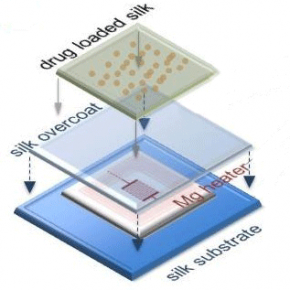Basic information about specific medications or categories of drugs can be found at the National Library of Medicine’s Drug Information Portal.
You will see that each drug has a record in the Drug Information Portal including a summary of the drug, clinical trials information, detailed specifics about the drug’s make up, and links to some additional resources. Not sure about the complete name or correct spelling of the drug your researching? Just start typing into the search box and you’ll see a suggested list of drug names appear for you to choose from. Continue reading
 Staph infections are often localized in the body, yet can be very difficult to treat, both invasively and using antibiotics.
Staph infections are often localized in the body, yet can be very difficult to treat, both invasively and using antibiotics.